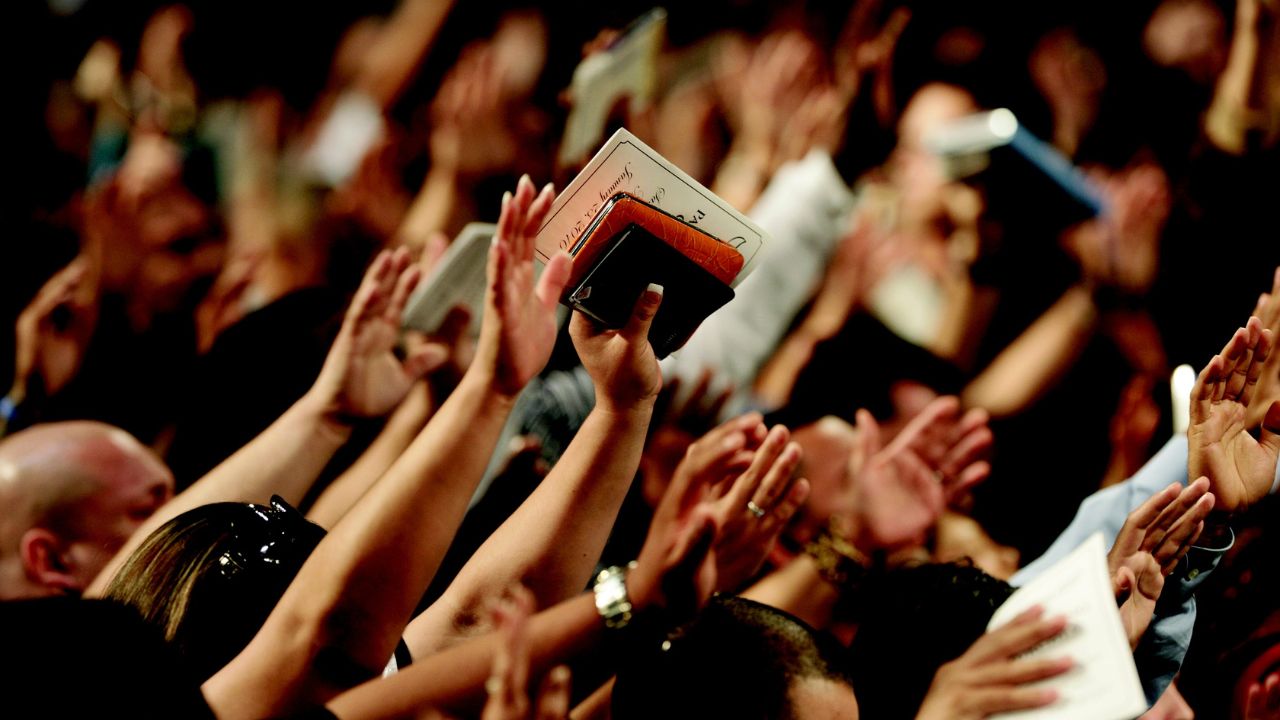Jesus said:
“I am the Bread of Life; he who comes to me shall never hunger, and he who believes in Me shall never thirst.”
John 6: 35
This Scripture is just one of the seven “I AM” statements made by Christ throughout His ministry here on the earth, each one a powerful metaphor that points us to His divine character and His salvation for mankind.
Today, we will examine this “I AM” statement of Christ to discover what Jesus meant when He said, “I am the Bread of Life”, and what it still means for our lives today.
Understanding the Importance of Bread
Bread has been an important part of the human diet for thousands of years and, in most countries, is still considered one of the biggest staple foods to this day. For some countries, such as France or the Philippines, bread is such an important part of the daily diet, that bread bakeries can be found on nearly every street corner.
Bread is one of the basic elements of our diet. Great bread, made in the traditional manner with whole grains, is packed with nutrients that can sustain and energize our bodies. Bread is such a large part of our diets that the word “bread” itself is often used to refer to food in general. For example, to say “break bread together” simply means that you share a meal together.
The Bread of Biblical Times
Over 2,000 years ago, bread was not only one of the most important parts of a balanced meal in the Jewish culture, but it also played a special role in the Passover Meal (an important religious ritual for the Hebrews in remembrance of when God caused the death Angel to pass over the homes of the Israelites that were covered with the lamb’s blood [Exodus 12]).
In Biblical times, bread was different from most modern bread. The wheat that grew during the time of Christ was many times more rich in vitamins and minerals than the wheat commonly used today. The bread of Jesus’ time would have contained nearly all of the vitamins and nutrients that were needed for daily life.
For this reason, bread was often thought of as a life-giving food and one could survive for a long time even if all one could afford was bread. Therefore, for Jesus to claim that He was the “Bread of Life” was quite a monumental claim indeed.

The Loaves and Fishes:
Setting the Stage for the “I am the Bread of Life” Statement
In John chaper 6, we read the story of the famous miracle of the loaves and the fishes. By the beginning of chapter 6, Jesus had just healed the lame man at the pool of Bethesda in the city of Jerusalem and after preaching to the multitudes of people there, had left Jerusalem and traveled across the Sea of Galilee to the other side.
The crowds were following Jesus wherever he went and, here, across the Sea, the crowds had gathered once again. The Bible tells us that there were at least 5,000 men, not counting the women and children.
Jesus tested His disciples by asking Philip, “Where are we to buy bread, so that these may eat?” Philip replied that they did not have enough money to feed everyone, but Andrew found a boy who had five loaves of bread and two fish. Jesus took the food, gave thanks for it, and gave everyone there as much as they wanted. After everyone had their fill, enough food was left over to fill 12 baskets!
That night, Jesus and His disciples went back across the sea to Capernaum. The following morning, the crowds searched for Jesus and, when they didn’t find Him, gathered into boats and traveled across the sea where the disciples had gone, in hopes of finding Jesus there.
And, thus, the stage was set for the momentous statement from Christ.
“I am the Bread of Life”
When the crowds had found Jesus again across the sea in Capernaum, the Lord admonished them saying, “Do not work for the food which perishes, but for the food which endures to eternal life.”(v. 27)
The Lord knew their hearts and the true reason they had gone through all the effort of sailing across the sea to find Him again; not for the spiritual nourishment, but so that their bellies might be fed. Teaching them, He said, “This is the work of God, that you believe in Him whom he has sent.“(v. 29)
Still, they did not understand Him, “…they said to Him, ‘What then do you do for a sign, so that we may see and believe you? What work do you perform?” Jesus had just performed one of the most incredible miracles, multiplying the bread and fish to feed more than 5,000 of them and they still did not believe.
Jesus reminded the crowd of how God had given His people bread in the wilderness with Moses and told them that it was the true bread of heaven that they needed, not the bread of this world. The crowd anxiously wanted to have this bread, not realizing that Jesus was indeed talking of Himself.
“Jesus said to them, ‘I am the bread of life; he who comes to me will not hunger and he who believes in Me will never thirst. 36 But I said to you that you have seen ME and yet you do not believe…47 Truly, truly I say to you, he who believes has eternal life. 48 I am the Bread of Life. 49 Your fathers ate the manna in the wilderness, and they died. 50 This is the bread which comes down out of heaven, so that one may eat of it and not die. 51 I am the living bread that came down out of heaven; if anyone eats of this bread, he will live forever…“
John 6: 35-36, & 41
Jesus used the metaphor of bread to explain that He is the true source of spiritual sustenance, and that faith in Him is what truly nourishes our souls. He was speaking of Himself as the bread of life, and how through Him we can find true nourishment. While the crowd was focused on physical bread, Jesus was wanted to open their eyes to a more profound and spiritual understanding.
The metaphor Jesus used was a perfect way of getting His point across to them because every Hebrew knew the great importance of bread for daily life and sustenance. Jesus wanted them to know that He was everything they needed not only for daily life, but life eternal.
Bread was a staple food in their culture; it symbolized sustenance and life. By using this metaphor, Jesus conveyed that He was the source of all their needs, not just their physical needs, but also their spiritual needs. He wanted them to understand that He was the way to eternal life and that by following Him, they would find true fulfillment and purpose in life.
This is what Jesus truly meant when He said, “I am the Bread of Life”.
God Wants You To Have the Bread of Life
My friend, God wants you to have the “living bread that came down from heaven”. The meaning of Christ’s words over 2,000 years ago still rings true for us today. Although our bodies can be sustained by the food of this world, our souls will surely die without the soul sustaining bread of life; Jesus Christ is the bread of life.
The Word of God is a reminder to us today that there is more to life than just physical sustenance; we must nourish our souls. Just as we need daily food to survive, we need Jesus to sustain our souls.
I pray that you will seek Christ today. If you already have a relationship with Jesus, I pray that you have been encouraged by this timly reminder from the Word of God, but if you have never trusted on Christ, I pray that you will seek Him for the forgiveness of your sins and believe in the Lord Jesus Christ that your soul might truly recieve the Bread of Life.

